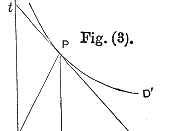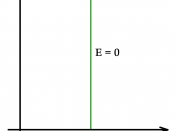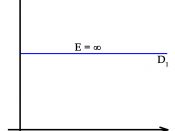1.) If the price elasticity of demand for heroin is estimated to be about 0.4 this means that the demand is mostly inelastic because the elasticity demand is less than one. Being mostly inelastic means a percent change in price leads to a less than proportional percent change in quantity demanded. So if there is a 10% increase in price, it will lead to a 4% decrease in quantity demanded.
2.)
3.) If the price of heroin increases, given its inelastic demand, the suppliers' income will increase. This is proved to be true because mostly inelastic demand and total revenue are directly related. When the price is raised on heroin the percentage changed of quantity demanded is less than the percentage changed for the price in turn raising the total revenue of the heroin dealers. This policy has lead to increases in drug related crimes because more money is now up at stake.
Heroin being a product that is mostly inelastic means that the buyers are willing to buy the product at almost any given price. The buyers need to have the product and will pay almost anything to get it. So when the demand is this high, crimes and other negative factors will increase when the price of that product increases for the fact that more money is now up for grabs.
4.) The price elasticity of demand for marijuana is estimated to be 1.5; this means that the price elasticity is mostly elastic because the elasticity demand is greater than one. Being mostly elastic means that a percent change in price leads to a more that proportional percent change in quantity demanded or E is greater than one. So if there is a 10% increase in price, it will lead to a 15% decrease in quantity demanded.


